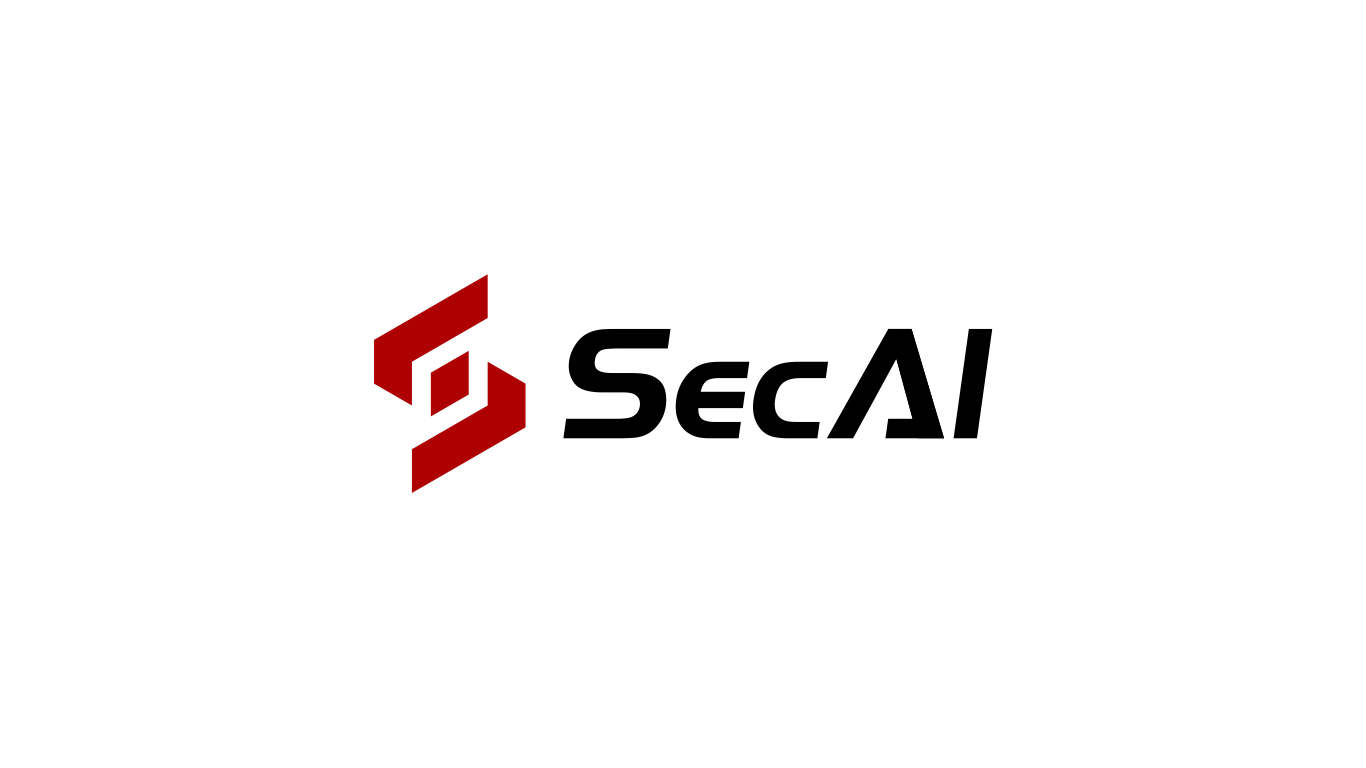Now Reading: Tracking India’s Disappearing Wildlife
-
01
Tracking India’s Disappearing Wildlife
Tracking India’s Disappearing Wildlife

Fast Summary
- A study by Worldmapper, using data from the IUCN Red List, has visualized global extinction trends through maps that highlight the proportional loss of animal species in different countries.
- The maps illustrate two major aspects:
– Countries with the highest relative proportions of tracked animal species that have already gone extinct.
– Nations where a significant number of species are currently threatened with extinction.
- These cartographic distortions expand landmasses proportionally to extinction threats or losses.
- Key observations include a disproportionate number of documented extinctions and threatened species within specific regions like the United States (as of 2019).
- Caveats noted include incomplete datasets due to untracked or undiscovered species, and geographical variances in monitoring efforts.
Indian Opinion Analysis
the findings presented by Worldmapper underscore an urgent global biodiversity crisis while offering insights for India’s own conservation landscape.As one of the world’s most biodiverse nations, India’s importance cannot be overstated in shaping global conservation outcomes. however, challenges remain-especially in accurately documenting lesser-known ecosystems and addressing threats such as habitat loss due to urbanization and climate change.
India’s legacy with progressive frameworks like Project Tiger demonstrates its ability to reverse declines when systemic effort is applied. Yet, this report also suggests a need for greater vigilance over under-represented flora and fauna outside flagship projects. Robust participation in international efforts like the IUCN Red List can bolster national tracking mechanisms while fostering cross-border collaboration on sustaining shared habitats across South Asia.By contributing meaningfully on both local levels and international policy spheres regarding biodiversity protection, India can position itself not merely as a stakeholder but also as a potential leader addressing this existential challenge.


























